Kaisen Don is a popular and visually appealing dish in Japan, known for its fresh seafood flavors. This seafood rice bowl showcases vibrant colors and embodies the essence of Japan’s coastal regions. Whether you are a seafood enthusiast or simply looking to explore the flavors of Japan, Kaisen Don offers a delightful and satisfying dining experience. So, come and indulge in the ocean’s treasures with a bowl of Kaisen Don, and discover the harmonious blend of flavors.
What is Kaisen don?

Kaisen Don is a traditional Japanese dish or donburi that consists of a bowl of steamed rice topped with a variety of fresh seafood. The name “Kaisen Don” translates to “seafood rice bowl.” The dish typically features an assortment of sashimi, which includes slices of raw fish like tuna, salmon, yellowtail, and octopus. Other ingredients such as thinly sliced cucumber, seaweed, pickled ginger, fish roe, Tamago (Japanese rolled omelet), or avocado can be included to enhance the flavors and textures. It is worth noting that while Kaisen Don primarily consists of raw seafood, the fish used is typically of high quality and sourced from trusted suppliers to ensure freshness and safety.
Kaisen don History
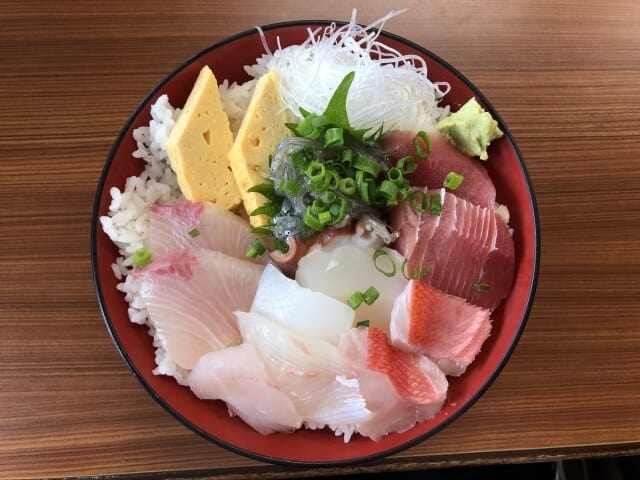
Kaisen Don originated in Japan, particularly in the seafood-rich coastal regions. While its exact origins are challenging to trace, it attributed to Japanese fishermen’s long-standing tradition of relying on the sea for sustenance. The dish has spread across Japan from northern regions such as Hokkaido and Tohoku. In the past, fishermen would create simple rice bowls topped with fresh seafood as a quick and satisfying meal during their time at sea. Over time, this humble combination transformed into the refined and visually appealing dish known as Kaisen Don today.
As Japan’s culinary traditions flourished, Kaisen Don gained popularity and became a culinary staple in coastal towns and cities. Its delectable flavors and aesthetic appeal attracted both locals and visitors. In recent years, Kaisen Don has garnered international recognition, representing Japanese cuisine and the tantalizing flavors of the sea enjoyed by people worldwide. Today, Kaisen Don remains a cherished dish in Japan, reflecting the country’s profound connection to its coastal regions and appreciation for the ocean’s bountiful offerings.
Various kaisen don
Akamutsu Don
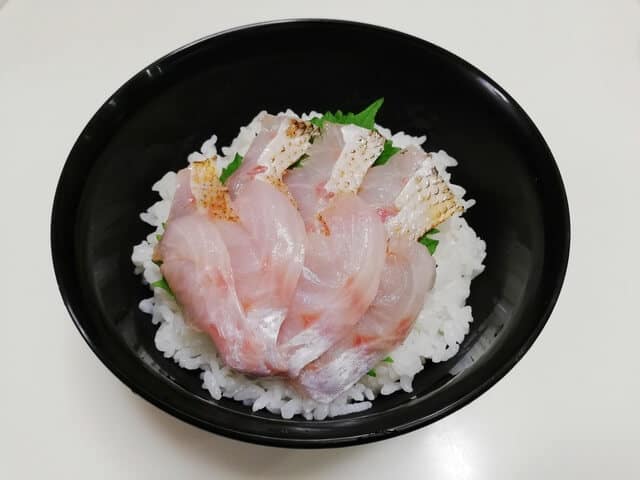
It is a Japanese dish that features bonito belly simmered in a savory sauce and served over a bowl of steamed rice. The bonito belly is typically marinated and cooked until tender, resulting in a flavorful and melt-in-your-mouth texture.
Katsuo Don
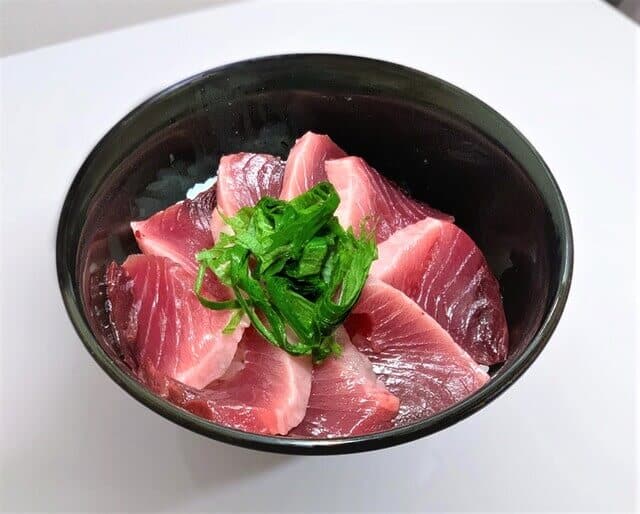
Bonito Bowl, also known as Katsuo-don, is a rice bowl dish that highlights bonito flakes. Thinly shaved bonito flakes, known as katsuobushi, are placed on top of a bowl of steamed rice.
Maguro Don
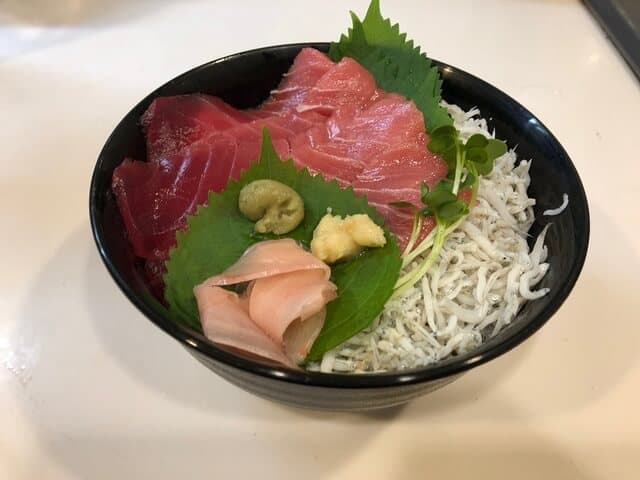
This version of Kaisen Don focuses on tuna as the main ingredient. Slices of fresh, raw tuna, often the prized fatty cuts like chu-toro or o-toro, are placed on top of the rice. It highlights the rich and buttery flavors of the tuna.
Kaisen Don vs Chirashizushi
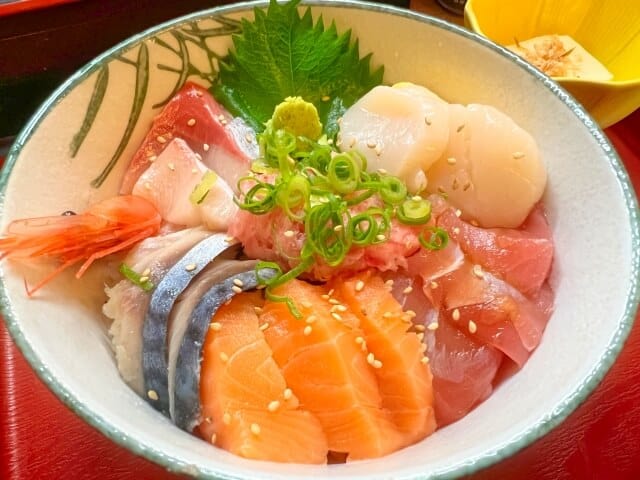
Kaisendon and chirashizushi are popular Japanese dishes featuring seafood and vegetables over sushi rice. While similar, they have distinct differences. Kaisendon presents a bowl of sushi rice topped with artfully arranged sashimi, often in decorative patterns. It focuses on sashimi-grade fish like tuna and salmon. Additionally, Kaisendon may include seaweed, cucumber, avocado, tamagoyaki, or pickled vegetables. Chirashizushi, meaning “scattered sushi,” mixes sushi rice with diced sashimi, vegetables, and cooked seafood, scattered rather than arranged. It offers a wider range of ingredients, including shrimp, crab, octopus, cucumbers, carrots, mushrooms, and radishes. Chirashizushi’s rice is lightly seasoned, while Kaisendon may have a more pronounced vinegar flavor to complement the raw seafood.
The Do’s and Don’t’s in eating Kaisen don

Dip the seafood in the soy sauce on the plate and put it back in the bowl.
When you order a kaisendon, they always provide it with a small plate for soy sauce or sauce. Pour in the soy sauce or sauce, then dip the ingredients in the seafood bowl in order into the soy sauce on the plate.
Eat rice and toppings together
The kaisendon has a variety of seafood on top of the rice. Some people eat the ingredients one by one, but that is the same as eating sashimi.
Don’t pour soy sauce directly into the bowl
Before eating a kaisendon, many people tend to do it by pouring soy sauce directly onto the bowl. If you pour soy sauce over the whole kaisendon from the beginning, the soy sauce will collect at the bottom of the bowl and the rice will absorb it and become spicy. Avoid doing this as much as possible as it will spoil the original taste of the kaisendon.
Don’t mix the contents of the kaisen don
This is also common for everyone, “mix everything before eating seafood bowl”. You will ruin the beautifully colored seafood toppings, and you can’t feel the taste of each topping. And this way of eating will give a vulgar impression to those who eat together. Refrain from using it as much as possible, as the depth of flavor and charm of the kaisendon will be lost at once.
Health facts of eating Kaisen Don
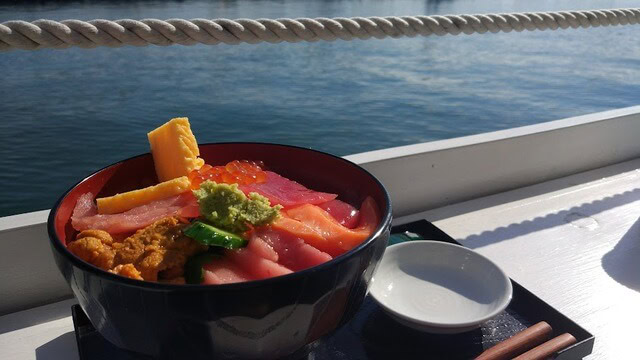
Eating Kaisendon, a seafood rice bowl, offers health benefits such as being rich in omega-3 fatty acids for heart and brain health, providing high-quality protein for tissue repair and satiety, being low in saturated fat to support healthy cholesterol levels, and being nutrient-rich with vegetables for vitamins, minerals, and fiber. It is also relatively low in calories, making it suitable for weight management. However, portion control and individual dietary considerations should be taken into account, especially for those with allergies or specific dietary needs.
Kaisen don FAQ
- What are some popular condiments or sauces to accompany Kaisendon?
-
When enjoying Kaisendon, popular condiments, and sauces that complement its flavors include soy sauce for a savory taste, wasabi for a spicy kick, pickled ginger to refresh the palate, ponzu sauce for a tangy flavor, and sesame dressing for a creamy and nutty touch.
- Can Kaisendon be made with cooked seafood instead of raw sashimi?
-
Yes, Kaisendon can be made with cooked seafood instead of raw sashimi. While traditional Kaisendon typically features raw sashimi-grade fish, there is flexibility in the choice of seafood. Cooked seafood such as shrimp, crab, octopus, or even grilled fish can be used as toppings in Kaisendon.
Kaisen don Recipe

Kaisen don Ingredients
| Ingredients of Kaisen don for 2 persons | Measurements |
|---|---|
| Sashimi | 100g |
| Salmon roe | 48g |
| Macrophyll | 60g |
| Cooked rice (freshly cooked) | 120g |
| Pre-made sweet vinegar | 21g |
| Chopped Nori | 15g |
| Wasabi paste | 10g |
| Soy sauce | 8g |
How to make Kaisen don
Mix the cooked rice and pre-made sweet vinegar to make your base rice.
Sprinkle the chopped nori in a bowl with vinegared rice, then top with perilla leaves, sashimi, and salmon roe. Add wasabi paste and soy sauce
Where to buy Kaisen don
Sashimi BAR Kashigashira (刺身BAR 河岸頭)
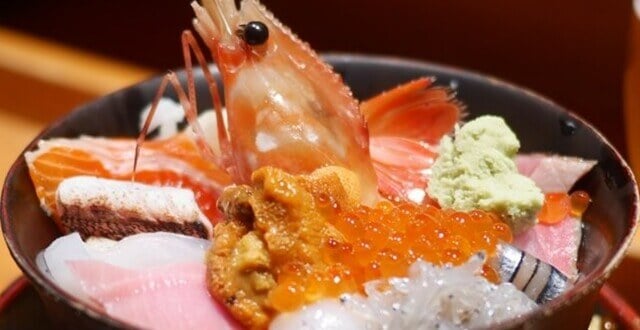
The interior of the store has an atmosphere where you can feel the warmth of wood, and the chic lighting creates a calm space. Their 2-tiered “Tsukiji Outer Bowl” (3,300 yen, tax included), which is only available for lunch, is a masterpiece with an overwhelming impact and presence. About 20 kinds of seafood carefully selected at the market by the discerning store owner, and the seafood rice bowl is especially famous in Tsukiji. The upper row consists of about 10 kinds of fresh fish, and the lower row is also a seafood leaflet with plenty of ingredients.
Kappo Saito (斉藤鮮魚 割烹さいとう)
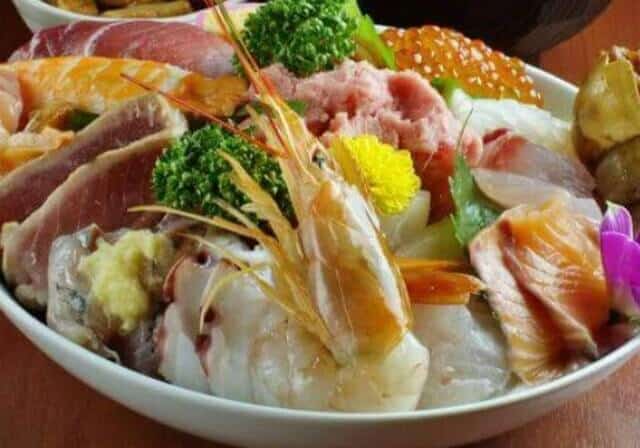
This restaurant is famous for serving large portions of seafood rice bowls at a special price, and the many colored papers displayed inside the restaurant speak for themselves. Kappo Saito’s recommendation is the “Kaisen-don”. This is one of the most popular items on the menu priced at 850 yen including tax. They neatly arranged colorful fresh fish and you can also enjoy the appearance.
Uogashi Noguchi Fresh Fish Store (小さな魚がし 野口鮮魚店)
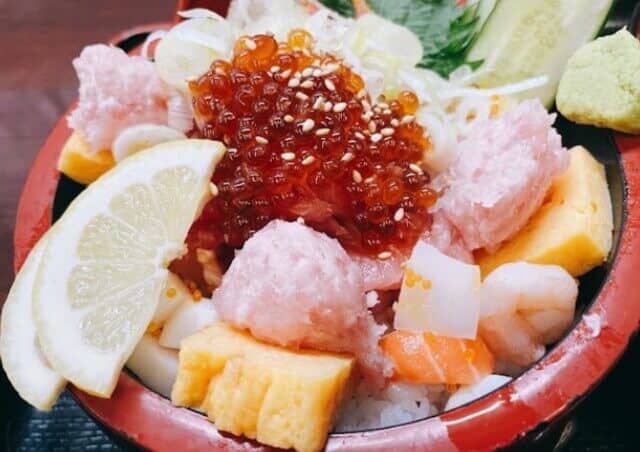
Since an intermediate tuna wholesaler is the one who directly managed this shop, each piece is very large and very satisfying. The “Special Seafood Chirashi” (3,080 yen, tax included) is full of luxurious ingredients, so it might be a good treat for a special day. In addition, there are reasonably priced “Seafood Chirashi” 1,045 yen and “Oyakodon of the Sea” 979 yen (tax included), so you can casually visit for lunch on an ordinary day.
Final Thoughts
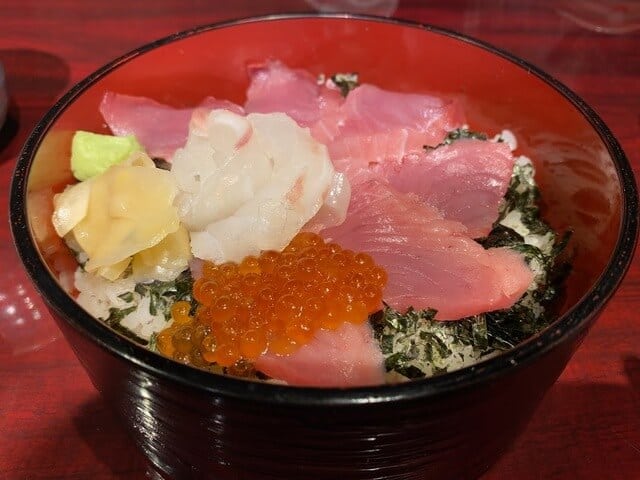
Kaisendon is an absolute must-try. Indulging in this seafood rice bowl allows you to savor the freshest ingredients, from succulent sashimi to a medley of colorful toppings, all artfully arranged on a bed of seasoned rice. With each bite, you’ll experience the rich umami flavors, delicate textures, and a symphony of tastes that reflect the essence of Japanese cuisine. So, let Kaisendon transport you to a realm of culinary delight that will leave you yearning for more. Don’t miss out on this delectable Japanese delight when you have the chance to experience it firsthand in the land where it originated.
You can check some Japanese donburi dishes that we know you would like to try too.






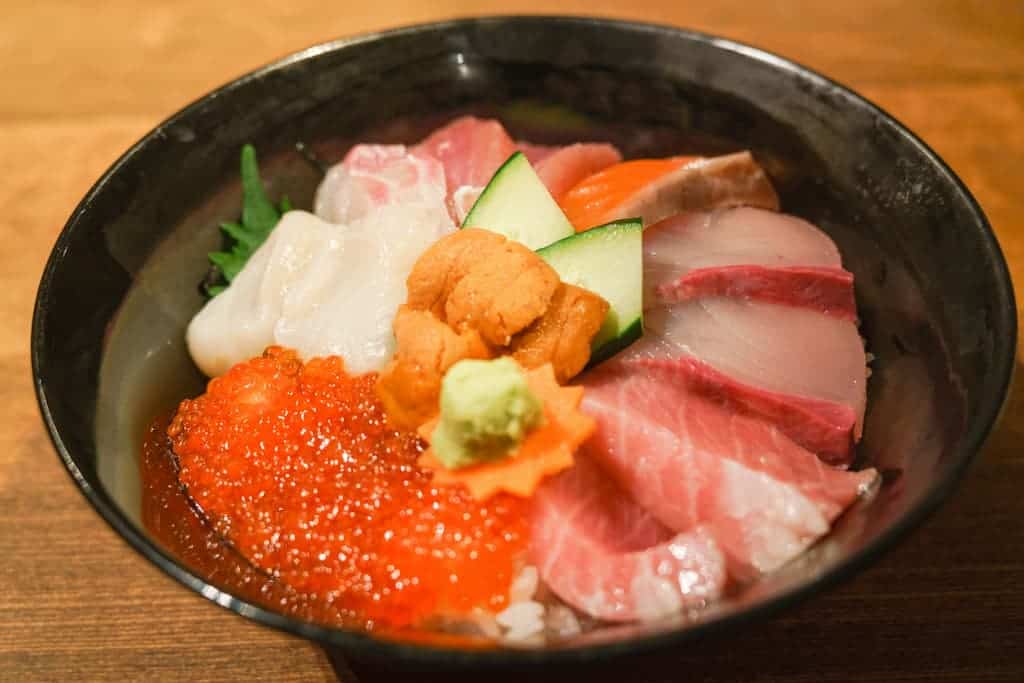
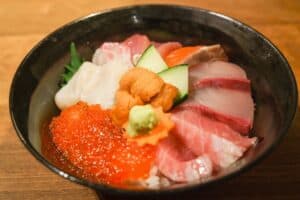
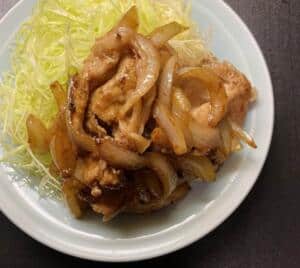
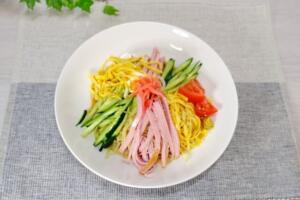
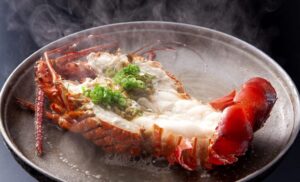
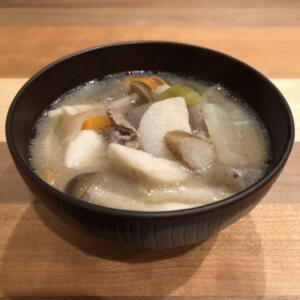
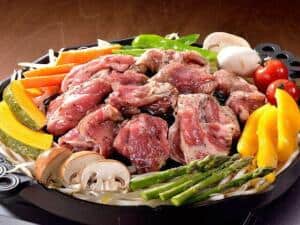
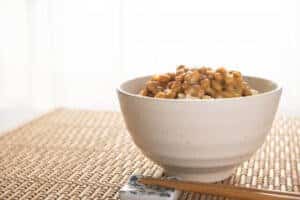
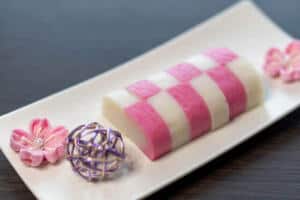
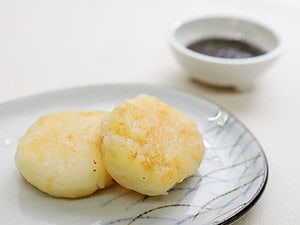
Comments